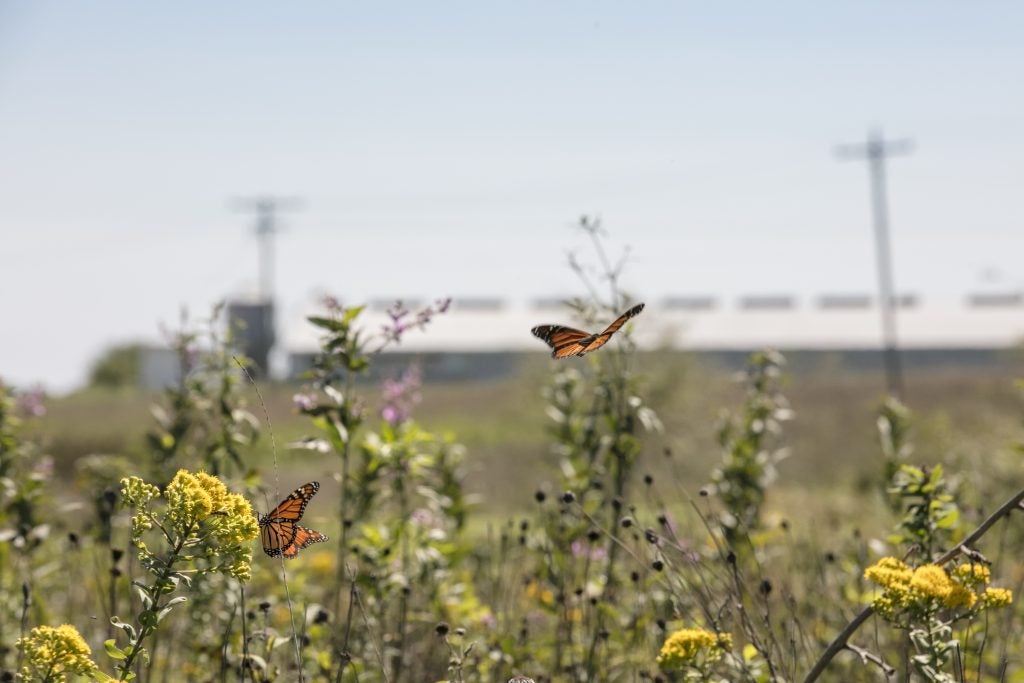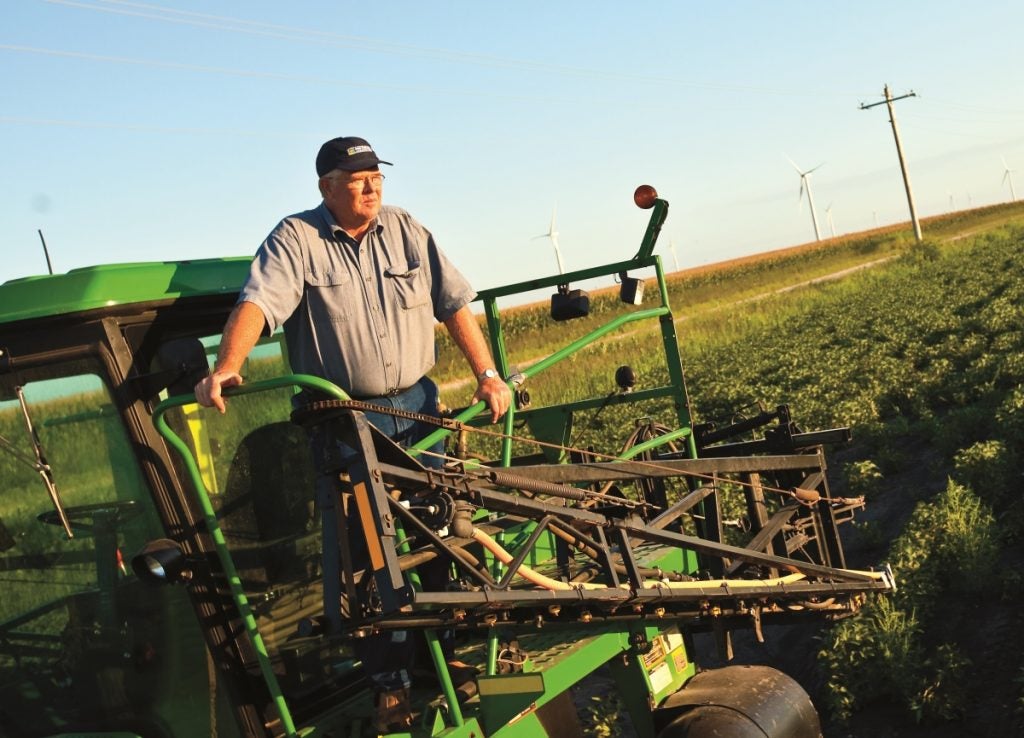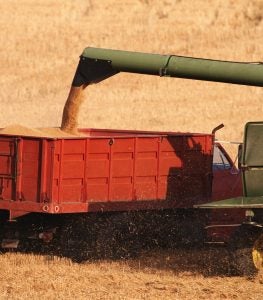“Can you help us achieve this?”
That was the question that Smithfield Foods’ chief sustainability officer asked Environmental Defense Fund more than five years ago, after Walmart challenged the world’s largest hog producer and pork processor to improve sustainability in its feed grain supply.
At the time, very few food companies considered grain sustainability to be their responsibility, and even fewer were taking steps to improve that segment of their supply chain. But Smithfield responded to Walmart’s challenge.
In 2013, the company committed to work with grain farmers in its supply chain to adopt farming practices that would optimize fertilizer and build soil health on 75 percent of the area from which Smithfield directly sources grain — about 450,000 acres. EDF partnered with Smithfield to figure out how to reach this goal.
Smithfield announced today that it exceeded that goal, improving practices on 560,000 acres in 2018. Read More












 The corn and soybean fields that stretch for miles across the Midwest are quiet this time of year, mostly frozen surfaces waiting for the spring planting season.
The corn and soybean fields that stretch for miles across the Midwest are quiet this time of year, mostly frozen surfaces waiting for the spring planting season.
 Journalist Michael Pollan deserves credit for elevating the national conversation about food. Over the course of 25 years, his articles and books have thoughtfully contemplated the troubling side effects of the American diet and the way our food is produced.
Journalist Michael Pollan deserves credit for elevating the national conversation about food. Over the course of 25 years, his articles and books have thoughtfully contemplated the troubling side effects of the American diet and the way our food is produced.